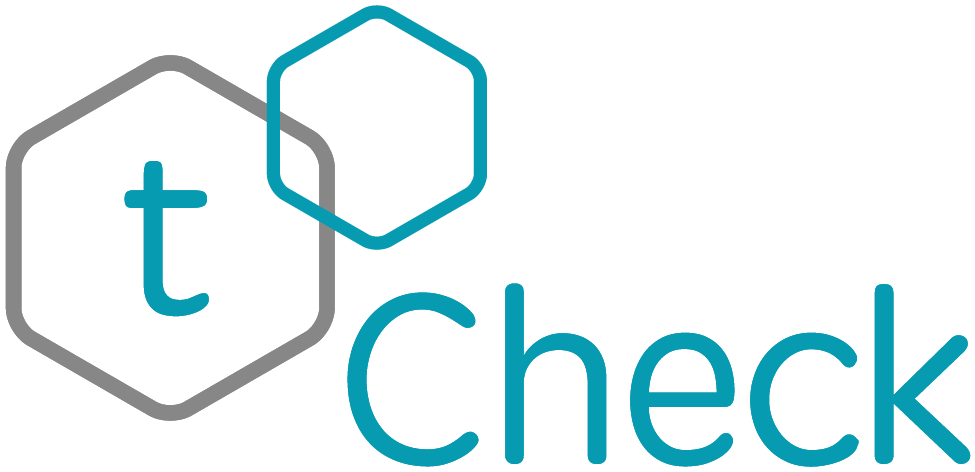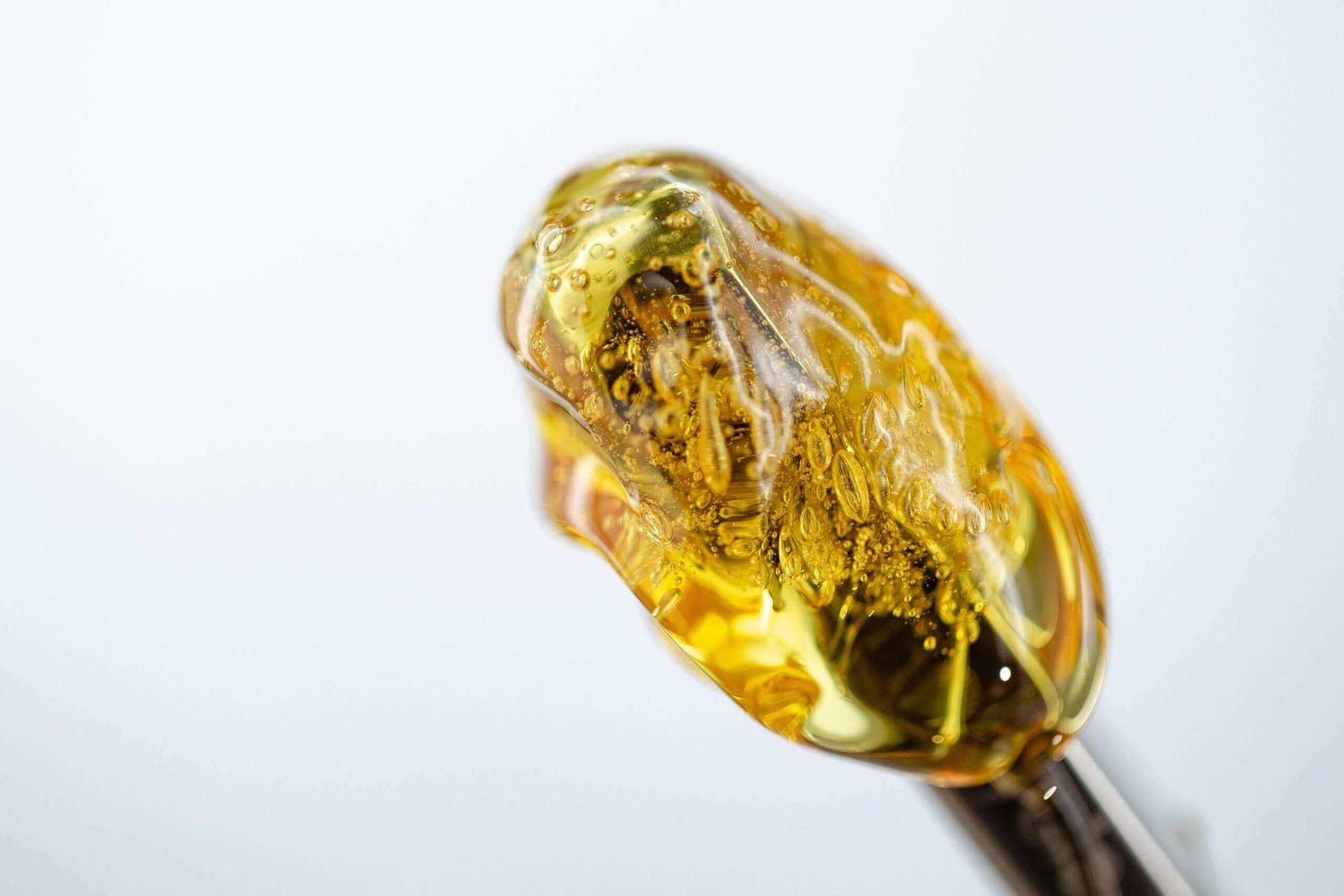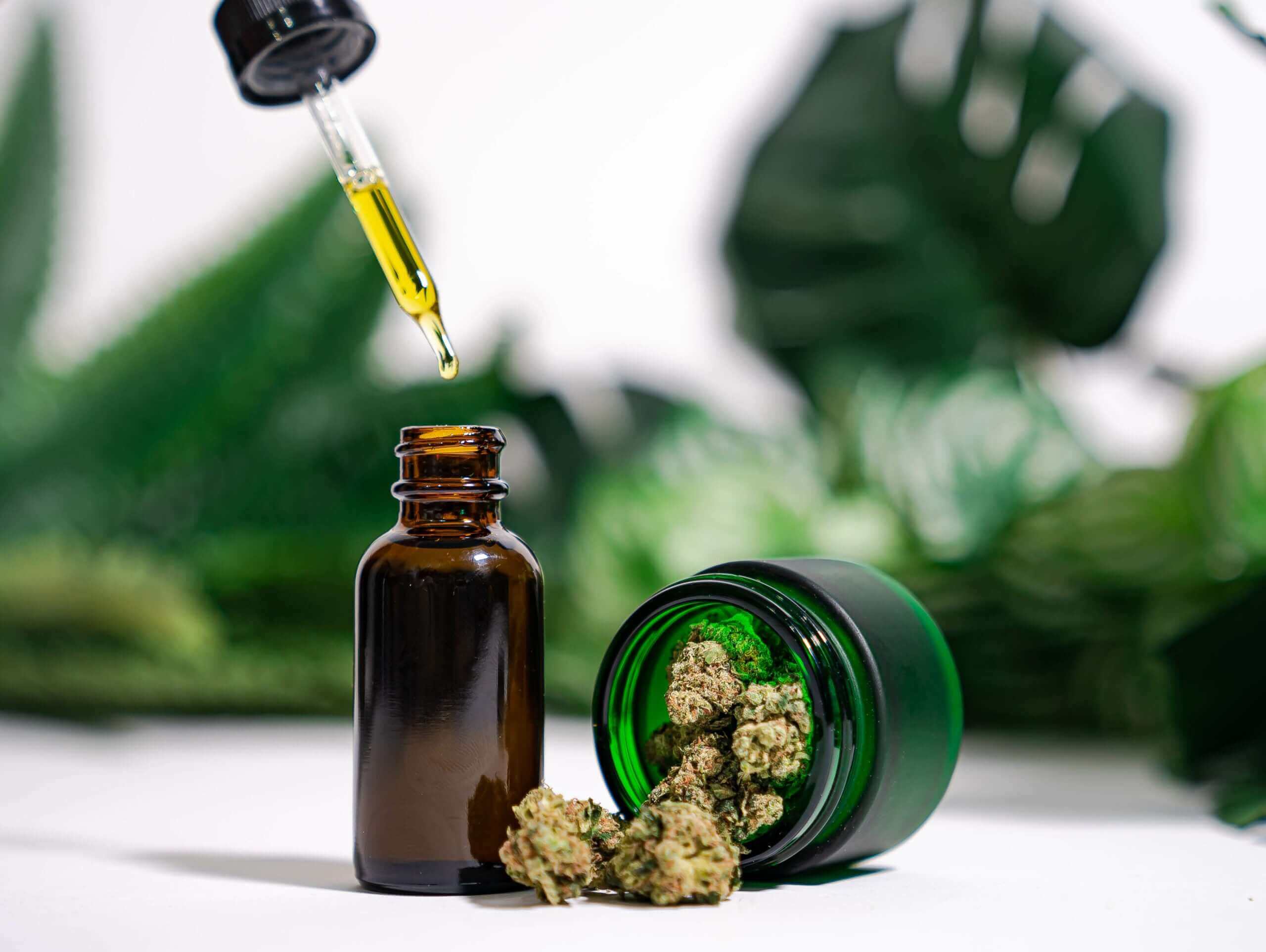With the vast array of CBD products on the market, it can be challenging to understand the differences among them. One concentrate that’s been showing up more often on the cannabis scene is CBD distillate. Distillates are immensely versatile CBD products. However, new consumers typically have a lot of questions such as:
- What is CBD distillate?
- How can I use CBD distillate?
- How is CBD distillate made?
- How can I test the potency of CBD distillate?
We’ve compiled this quick guide to answer all of your questions about CBD distillate so that you can add this useful product to your cannabis toolbox.
What Is CBD Distillate?
Distillates are made by separating the desired cannabinoid from the other compounds in hemp and cannabis flowers, such as waxes, terpenes, flavonoids, raw plant matter, and other cannabinoids. Manufacturers use a combination of techniques to make CBD distillate, such as:
- Extraction
- Winterization
- Filtering
- Decarboxylation
- Distillation
The end result of all that meticulous work is a sticky, honey-colored oil containing nearly 100% pure cannabidiol (CBD). Some manufacturers offer distillates with only CBD, while others chose to reintroduce beneficial terpenes, flavonoids, and minor cannabinoids to create a full-spectrum distillate.
Ways to Use CBD Distillate
Distillates offer a host of advantages to CBD consumers. It’s quick and easy to add CBD distillate to your favorite foods, beverages, and cosmetics. In fact, a substantial percentage of storebought edibles and topicals are infused with CBD distillates.
Dabbing or vaping concentrates like CBD distillates reduces the amount of inhalation involved, provides a clean flavor, and can be especially useful for patients who consume cannabis and CBD for medicinal purposes.
Additionally, distillates that contain only isolated CBD make an excellent choice for people who may need to pass drug screenings. Pure CBD distillates have had all of the THC removed, including the .3% allowed by federal law.
Making Edibles and Topicals with CBD Distillate
With CBD distillate, you can make CBD edibles and topicals without going through the time-consuming process of making your own infusions from hemp flower. And since CBD distillate is odorless and tasteless, you’ll be able to enhance your recipes with CBD without changing the flavor. All you’ll need to do is double-check the strength of your CBD distillate with an at-home potency tester, and you can add it directly to your favorite foods and cosmetics.
Smoking and Vaping CBD Distillate
Smokers can enjoy CBD distillate by placing a small quantity on top of their usual buds in a bowl or joint. You can also smoke CBD distillate solo with a dab rig. If you prefer vaping, you can use CBD distillate with a concentrate vaporizer or add distillate to ready-made vape oils.
Taking CBD Distillate Sublingually
If you’re in a hurry, you can consume CBD distillate by simply placing a measured amount under your tongue. Unless your distillate includes added terpenes, it won’t leave any aftertaste.
How Is CBD Distillate Made?
WARNING: Do not make cannabis concentrates, such as CBD distillate, at home.
While it’s relatively safe and fun to create infusions for homemade edibles, such as butter, oil, and tinctures, manufacturing concentrates like CBD distillate involves complex chemical processes and potentially dangerous materials. The news is full of tragic stories of amateurs who lost their homes or even their lives due to a botched attempt to make concentrates. Most authorities prohibit the manufacture of solvent-based concentrates at home, and commercial manufacturers must adhere to strict safety and quality control regulations.
Professional concentrate laboratories employ expensive safety equipment, and lab technicians undergo many hours of specialized training. Let’s examine some of the procedures they use to bring you pure cannabis concentrates like CBD distillates.
Step #1: Initial Extraction
The first task distillate manufacturers need to accomplish is extracting the active ingredients from the raw cannabis flowers. While it’s possible to make solvent-less extractions using physical techniques like sieving or rosin pressing, most manufacturers use chemicals like butane hash oil (BHO) or supercritical carbon dioxide to achieve this step. Most experts refer to the substance yielded by the initial extraction process as “crude oil.”
Step #2: Winterization
The winterization process removes any remaining plant materials, such as fats, waxes, and chlorophyll, from the crude extract. Manufacturers mix the crude oil with ethanol and place it in an extremely low-temperature environment for 1-2 days. During the winterization process, the unwanted plant compounds separate from the ethanol/extract mixture by precipitating away, solidifying into a hardened mass, or falling to the bottom of the container.
Step #3: Filtering and Evaporation
After the winterization process, technicians filter any leftover plant material from the crude oil and ethanol mixture. The ethanol is then removed using various evaporation techniques.
Step #4: Decarboxylation
At this stage, the crude oil is mostly free of unwanted plant material and solvents. What’s left is a relatively pure extraction containing cannabinoids, flavonoids, and terpenes. Cannabinoids like CBD must go through a process called decarboxylation before the human body can use them.
CBD starts out in an acidic form called CBDA, which includes a carboxylic acid group. In its acidic form, CBD can’t easily stimulate endocannabinoid receptors. During decarboxylation, manufacturers remove the acid group by heating the crude oil at around 220°F (around 105°C).
Step #5: Distillation
The final step of our procedure is the actual distillation process, where the different cannabinoids, terpenes, and flavonoids are separated from each other. Manufacturers typically achieve this using one of two methods: short-path distillation or the wiped-film method.
Short-Path Distillation
Short-path distillation involves heating the extract in a flask and using a vacuum to capture the vapor through fractioning tubing. Then, the vapor condenses in a second tube.
Wiped-Film Method
The wiped-film method uses the different melting points of cannabis compounds to separate them. The wiped-film method employs a complex mechanism to liquefy the compounds and send them into individual flasks.
Checking the Potency of CBD Distillate
As you’ve probably figured out from sampling what’s available on the market, not all CBD products are equal, including CBD distillates. The information on the label may or may not be the same as the actual CBD content in the distillate. Some companies tend to round up their lab figures, and long-term or improper storage could contribute to lower CBD concentrations.
Fortunately, you can find out exactly how much CBD is in your distillate by using one of tCheck’s at-home potency testers. Our devices come with a handy recipe calculator so you can dose your edibles, topicals, and tinctures with confidence. If you would like more information, please contact us at tCheck. We would be delighted to help you select the best potency tester for your needs.





